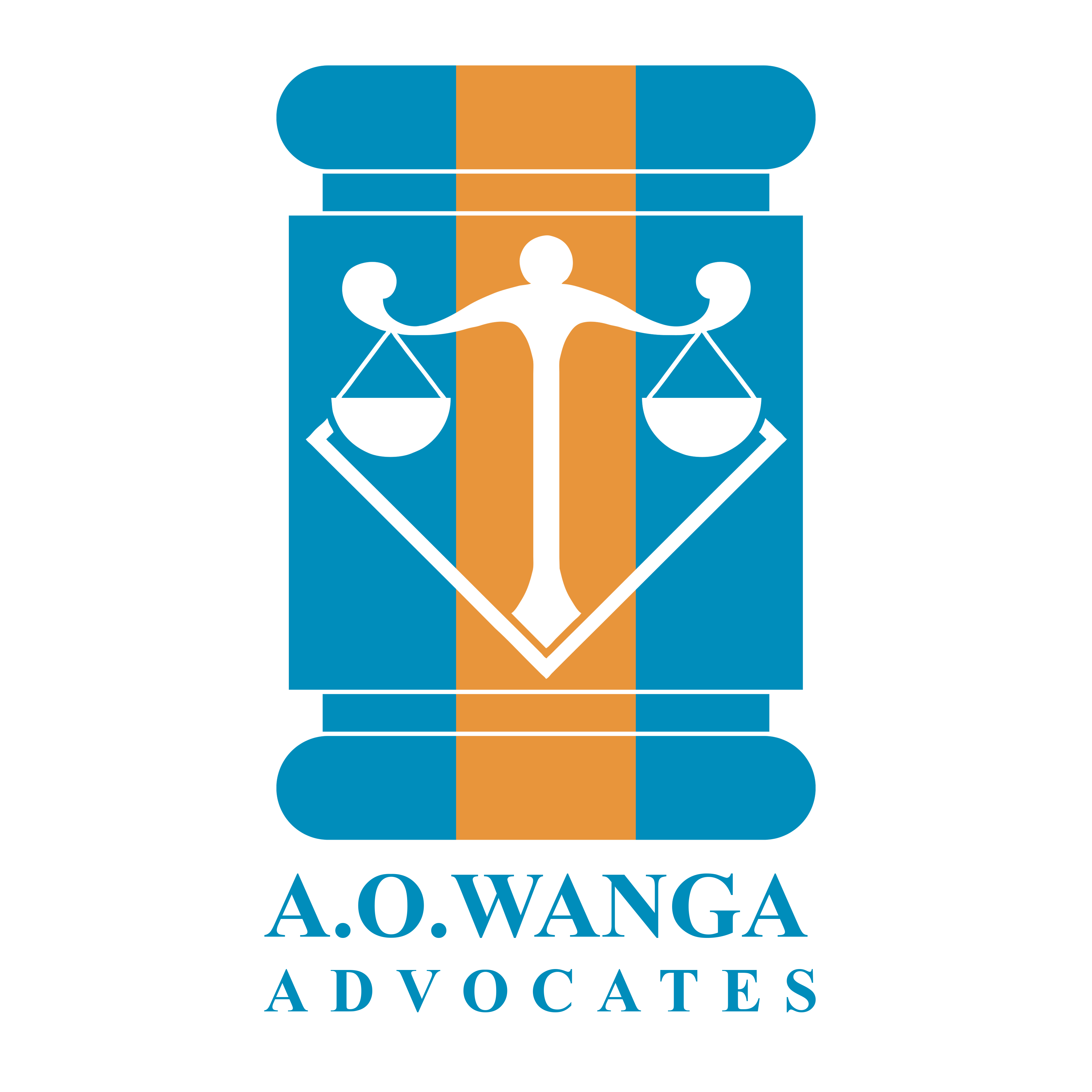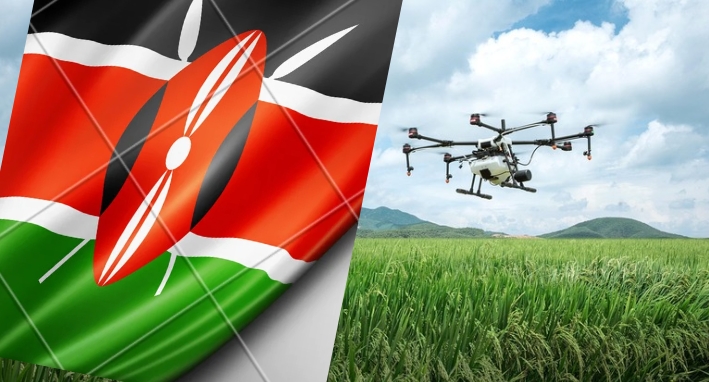LEGAL FRAMEWORK FOR DRONE USE AND AIRSPACE MANAGEMENT IN KENYA
The use of drones (also referred to as Unmanned Aerial Vehicles or UAVs) has grown significantly in Kenya, with applications spanning across sectors such as agriculture, security, media, and logistics. A UAV refers specifically to the aircraft itself, which is an aerial vehicle that operates without a human pilot on board. It is the flying component of the system. Unmanned Aircraft System (UAS) refers to the entire system, which includes not only the UAV (the drone) but also the ground control station and the communication systems that link the UAV to the operator. The UAS represents a broader concept, encompassing everything that makes the UAV operational, including hardware and software components.
However, with the increasing usage of drones, there arises a need for robust legal and regulatory frameworks to ensure safety, security, privacy protection, and effective management of airspace. In Kenya, drone usage is governed by The Civil Aviation (Unmanned Aircraft Systems) Regulations, 2020, which are designed to regulate not only the operation of drones but also airspace management to ensure safe integration with manned aircraft. This overview focuses on the legal aspects of drone use in Kenya, key regulations, restrictions, privacy concerns, and the regulatory bodies responsible for overseeing the use of drones and airspace management
1. Legal Aspects of Drone Usage in Kenya:
The primary legal framework governing drone usage in Kenya is the Civil Aviation (Unmanned Aircraft Systems) Regulations 2020, which were issued by the Kenya Civil Aviation Authority (KCAA). These regulations were established to promote safe, secure, and efficient drone operations while minimizing risks to aviation safety and protecting the privacy of citizens. It provides for the registration and Certification of Drones whereby all drones in Kenya must be registered with the KCAA. A drone operator is required to obtain a Remote Aircraft Operators Certificate (ROC) issued by the KCAA after successful completion of a training course. The drone itself must also be registered, and certain operational standards must be met, such as obtaining permission for commercial drone use.
Commercial (UAS) operators are required to obtain a Remote Aircraft Operators Certificate (ROC) from the Authority. This permission certifies that the operator has met the legal and safety requirements necessary for UAS operation. A remote pilot must be trained and qualified to operate UAS safely. In addition to obtaining a Remote Aircraft Operators Certificate, operators must adhere to specific operational guidelines, which include maintaining visual line of sight (VLOS) while flying the UAS.
2. Restrictions on Where and How Drones Can Fly
Kenya’s airspace management regulations prohibit certain drone activities to ensure the safety and security of both the drones and the general public. Some restrictions include No-Fly Zones whereby UAS are prohibited from flying in restricted or no-fly zones such as airports, military zones, and government buildings. The KCAA designates and enforces these zones to prevent interference with manned aircraft and to protect national security. For example, drones are not allowed to fly within a 5-kilometer radius of an airport without special permission. Drones are not permitted to fly above 400 feet (120 meters) from the ground without special approval from the KCAA. This limitation helps to avoid interference with manned aircraft.
Drones are also restricted from flying over certain public or private properties without the consent of the property owner. This helps protect individuals’ privacy and avoid potential risks to persons and property on the ground. UAS operations are generally restricted to daytime operations in clear weather conditions. The use of drones during the night or in poor visibility conditions (e.g., fog, rain) is not allowed unless specific safety provisions are put in place.
One of the key concerns with drone use, particularly in urban areas, is the potential for violation of privacy. Drones, with their high-resolution cameras and surveillance capabilities, can easily capture images, videos, and data of individuals without their knowledge or consent. Privacy concerns are a significant issue, and the Kenyan legal framework addresses this in the following ways. Kenya’s Data Protection Act, 2019, governs the collection, storage, and use of personal data, which includes data captured by drones. Drone operators must adhere to this law by obtaining the consent of individuals before recording or collecting data, particularly in private or residential areas.Drone operators are prohibited from using drones for unauthorized surveillance of individuals or private property. If drones are being used for commercial or media purposes, operators must ensure that they have the necessary permissions and consents from affected parties.
Kenya Civil Aviation Authority (KCAA) is the main regulatory body overseeing the aviation sector in Kenya, including the regulation and management of UAVs. The KCAA is responsible for formulating the regulations and issuing the necessary permits for UAV operators. It enforces compliance with safety standards, operational guidelines, and licensing requirements for drone operations. While KCAA manages overall aviation regulation, the KAA plays a role in airspace management around airports, ensuring that drone operations do not interfere with manned aircraft movements in and around the airports. In cases where UAVs are being used for illegal surveillance or are suspected to be engaged in criminal activities, the Kenya Police and other law enforcement agencies are involved in ensuring that drone operators comply with the law and respect national security regulations.
The use of drones in Kenya is governed by a structured legal framework under the Civil Aviation Regulations, primarily overseen by the KCAA. The legal aspects of drone use focus on ensuring safety, compliance with airspace management, and protecting the privacy of individuals. The legal framework addresses the need for registration, certification, operational restrictions, and pilot qualifications, with a focus on mitigating potential risks such as privacy violations and airspace congestion. The regulatory bodies responsible for drone operations and airspace management in Kenya include the KCAA, KAA, and law enforcement agencies, each playing a significant role in ensuring that drones are used safely and responsibly within the country’s airspace. Despite these regulatory frameworks, ongoing advancements in drone technology and increased usage necessitate continued adaptation and strengthening of regulations to ensure that they align with the evolving risks and challenges posed by UAV operations.
For more information or assistance contact us on info@aowangaadvocates.com or +254794600191
All rights reserved for A.O.WANGA ADVOCATES
www.aowangaadvocates.com

